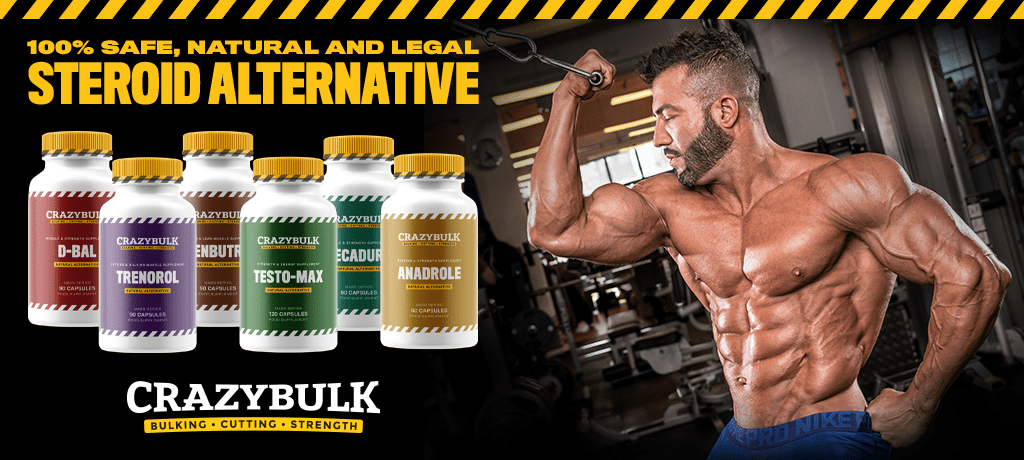What is the best protein powder?
Another common question we’re asked. Well, this is a hard question. What are you planning on using the protein powder for? Meal replacement? Before bed? After training?
I’m going to go over a few different kinds of proteins, along with the BEST makes. Take note that I said “makes” not brands. I’m not going to tell you to buy overpriced rubbish. In fact, I’m going to tell you the best protein powders, at the most reasonable price.
After all, if you are going to spend money, you might as well spend it on the best return, no?
Let’s go over the best ingredients!
The Best Ingredients: Whey and Casein
Turns out the top powdered proteins come from a cow!
What are they?
Whey and casein are the primary proteins found in milk. In fact, about 20% of the protein in milk is whey, and the other 80% is casein.
What’s the difference? – you say!
While both are high-quality proteins, whey is known as a “fast acting protein.” This is because it’s quickly broken down into amino acids and absorbed into your bloodstream. This makes it a very good protein to consume after your workout.
If you are on a high carb diet, one of the best ways to take a protein shake is after or during your workout. Add fast acting carbs with this fast acting protein, and you can be digesting it within 30 minutes.
Know what that means? It means FASTER muscle gains and better fat loss.
Casein, on the other hand, is digested more slowly, so it’s ideal for providing your body with a steady supply of smaller amounts of protein for a longer period of time—such as between meals, or while you sleep.
If you are one of those who want a slow-acting protein while they sleep, or to be frank finds it hard to eat before bed, this is a great one to put down to you. It’ll keep a steady flow of protein going into your muscles all night. Highly recommended. Once again, I’ve recommended the one with the best amount of Amino acids, especially BCAA, to help with building and preserving muscle mass.
“I’d like to use it throughout the day, though. I want to use it to replace a meal.”
Well then, let’s try a blend. Either type of protein will provide your muscles with the raw materials for growth, but combining whey and casein then allows you to optimize your protein intake no matter when you down a shake.
So here are three different types of protein powders and when you should use them. Now, I’m not saying to buy all three! I’m saying buy the one that suits you. Personally, I only use 2. The caseine and whey protein, but I don’t need one to take out with me. If I was in college or always in an office, I’d get the mix. So basically, get what fits your lifestyle and needs.
Finally, the “mix”
Perfect for in the morning, before bed, or I’d say the best time is while at work, or you need a quick meal in you before you go to your mother’s house, or at college/school, etc.
And remember: Protein isn’t just good for building large muscles, it’s also key for fat loss, since it helps you maintain your muscle as you burn off the fat. Not only that, it’s satiating—so adding more protein to your diet allows you to eat less without feeling hungry or starving.
Soy: The Other Protein
Although it’s been promoted as a health food by the soy industry, this protein has a potential downside. Isoflavones, the active compounds in soy, have been shown to raise estrogen levels in men and to negatively impact thyroid function when consumed. Stay away from soy! You will see many idiots trying to sell or promote this product. I will never be one of those. It’s possible to down enough soy through supplementation to experience the effect. If soy protein is listed as the first or second ingredient on the label, choose another product.
The Label Decoder
To most guys, the ingredients list of a protein powder might as well be written in an unknown alien language. That’s because it often contains several subtypes of whey, casein, egg, and even soy protein. Here’s how to read the label and understand what you are getting (like a chemist really!)
Concentrate: The cheapest form of most proteins. It contains slightly higher amounts of fat and carbohydrates than most, if not all, of the pure versions and can be clumpy and extremely hard to mix by hand; however, it provides the same basic muscle-building benefits. In the case of casein, it’s referred to as “caseinate.”
Isolate: A protein that’s noticeably purer than concentrate—meaning, it contains lower amounts of fat and carbohydrate—and is also easier to mix. (Very good for those with a sensitive stomach)
Hydrosylate, or hydrolyzed protein: A protein that’s been broken down into smaller fractions than are in a concentrate or isolate, allowing it to be absorbed into your bloodstream more quickly. However, when it comes to casein hydrosylate, this defeats the purpose, since the benefit of casein is that it absorbs slowly. This is why we only use this on “whey protein”
Micellar casein, or isolated casein peptides: easy-to-mix protein composed almost entirely of pure casein, ensuring slow and steady absorption.
Milk protein: An ingredient that has the composition of natural milk protein (roughly 80 percent casein and 20 percent whey).
Egg-white protein: Like whey and casein, an excellent, high-quality protein. It’s sometimes called “instantized egg albumin” on the label. Very good if you are an elite bodybuilder or cutting to get that 6 pack.
Need any more information? Be sure to send us some messages. We are always here to help.

